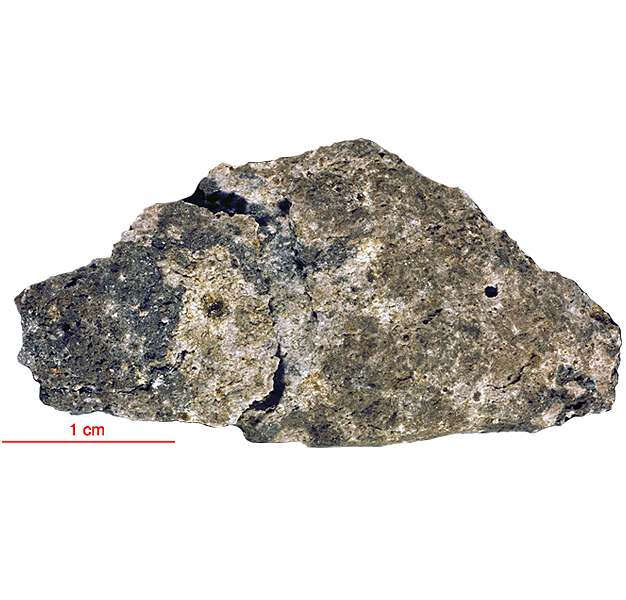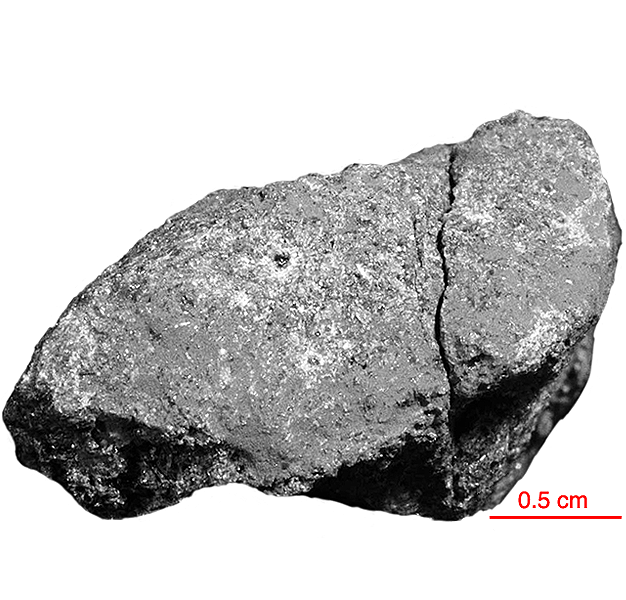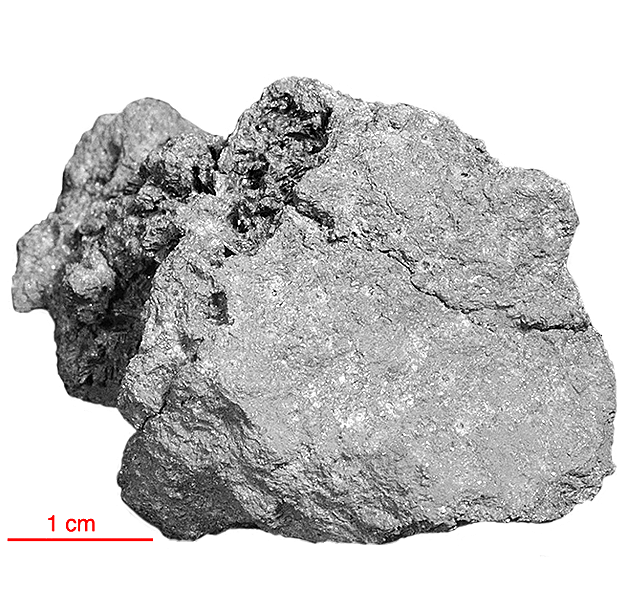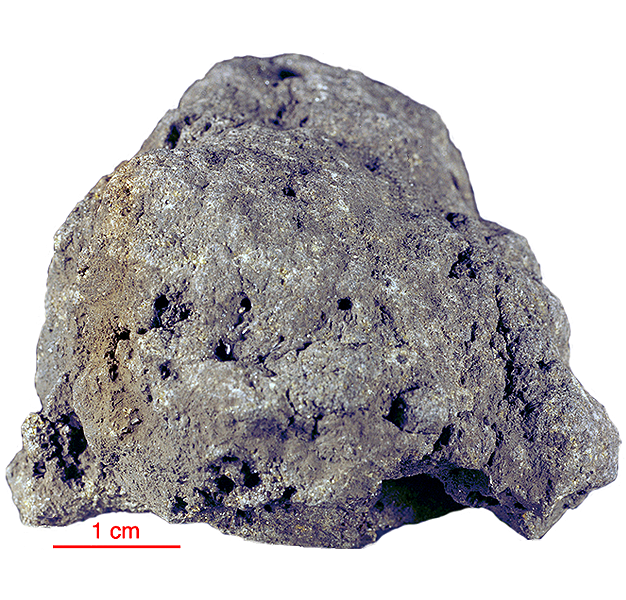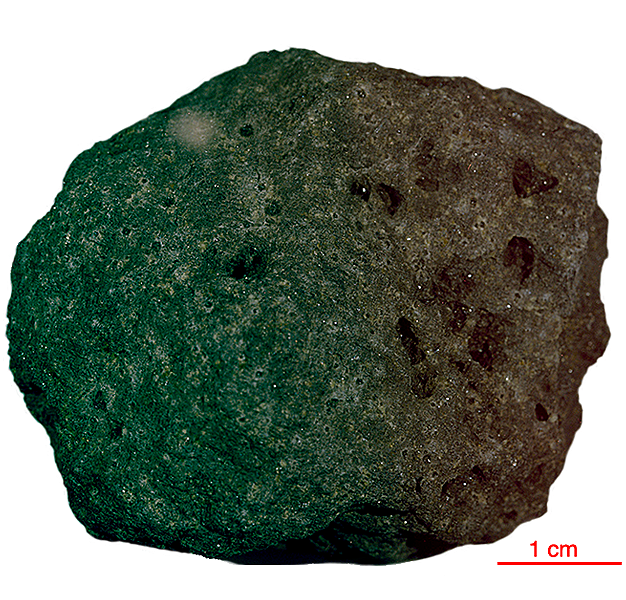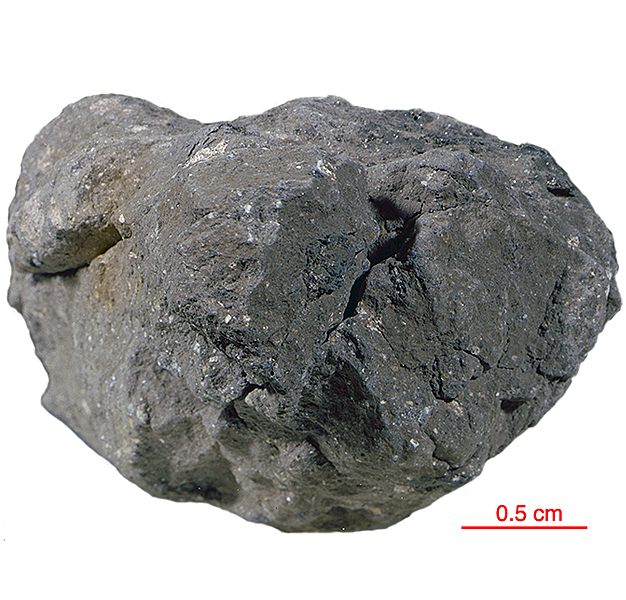
Fact sheet
12073 was collected from the rim of a 6 meter crater near the lunar module, along with the contingency samples. It is a typical regolith breccia, with seriate fragmental texture, high porosity and abundant glass fragments with various shapes and colours. It is coherent with porous matrix and has a chaotic fragmental texture and seriate grain size distribution. The overall colour is brown and includes agglutinate glass. There is a wide variety of glass, including spheres, ropy glass and shards. Much of the glass is brown, but also colourless, pale yellow and orange. Black glass has microcrystalline quench texture. Some ropy glass is clast-laden and displays flow texture. 21% pore space has been reported. There are also abundant minute particles of glass that are molded plastically against the clastic fragments of the rock, and against each other until they fill almost every available space. Accretionary lapilli similar to those found in Apollo 11 soil breccias are also present. 12073 is made up of about 45 % local basalt, 6 % anorthosite, 43 % KREEP and 1% meteorite. This is a higher KREEP content than most Apollo 12 soils.
The sample weighed 404.7 grams before analysis. It has not been dated.
The mounting resin on this thin section has deteriorated considerably over the last 50 years. The feathery crystallites around the sample are a by-product of this alteration.
Further details of this and other Apollo samples are here: http://curator.jsc.nasa.gov/lunar/
Apollo 12 returned 34 kilograms of samples, including 45 rocks, samples of lunar 'soil', and several core tubes that included material from as much as 40 centimetres below the lunar surface.
Apollo 12 rocks were almost all basalts, with only two breccias in the returned samples. The basalts at the Apollo 12 site formed 3.1 to 3.3 billion years ago, roughly 500 million years later than the Apollo 11 basalts. Overall, there is much less of the element titanium in the Apollo 12 samples than in the Apollo 11 samples, which explains the more reddish colour of this region. The differences in age and chemical composition between the Apollo 11 and Apollo 12 samples demonstrate that mare volcanism did not occur as a single, Moon-wide melting event.
Apollo 12 was launched on 14 November 1969.

